Evolving Together
An 18-Month Study on Narrative in Animal Advocacy
Learn how animal advocates can win over the public with a new story about animal freedom.
To end animal farming, we need to act together through the government. How can we win over the public to support these actions?
It all started with a puzzle…
A large number of people say they support animal freedom…
A series of surveys in the last decade caught our attention. In these surveys, a surprisingly high number of Americans agreed with strong animal rights positions such as “all animals should have the same rights as humans” (32%) and “slaughterhouses should be shut down.” (47%)
But not at the cost of personal choice.
98% of the same people agreed that “Whether to eat meat or be vegetarian is a personal choice, and nobody has the right to tell me which one they think I should do.” And, of course, nearly all of them are making the “personal choice” to keep eating animals.
What if the difference was about framing?
It turns out there’s a whole field of research dedicated to explaining discrepancies like this, which exist in polling about all sorts of different issues. The key concept is framing.
Framing refers to patterns in the words we use to talk about an issue. Specifically, different frames draw our attention to different pieces of information, while leaving others out.
Frames exist as observable neural structures in our brains, but they typically present as metaphors and narratives that we use to make sense of the world. Most of the frames we look through day to day have been with us since childhood.
Framing refers to patterns in the words we use to talk about an issue. Specifically, different frames draw our attention to different pieces of information, while leaving others out.
Frames exist as observable neural structures in our brains, but they typically present as metaphors and narratives that we use to make sense of the world. Most of the frames we look through day to day have been with us since childhood.
The Process
We undertook a series of studies to uncover the frames behind latent public support for animal freedom.
Review the research on framing
Review existing research on public opinion of farming animals
Analyze narratives currently in use by advocates, industry, and news media
Interview ordinary meat eaters to deeply probe their values
Develop and test new messages in focus groups
There's lots of research comparing messages about animals, health, and the environment. This study is different.
When animal advocates think about messaging strategies, we tend to focus on the different ways that farming animals causes harm. But framing can refer to more subtle differences. There’s more than one way to talk about any of these issues.
For example, compare these ads:
Cowspiracy
This is happenning
yoyoyo
Meat Mouth
In Germany
Eating animals kills more animals than you think
Eat for Planet
1600 trees yo
it happens
steak man
All of these ads link meat to deforestation. But they have important differences.
The first shares lots of facts. The next two strongly emphasize the responsibility of individual consumers. The last pair each try to visualize the impact of the industry, while still nodding to consumer change.
It turns out that subtle distinctions like this may hold the key to communicating with the public.
The first shares lots of facts. The next two strongly emphasize the responsibility of individual consumers. The last pair each try to visualize the impact of the industry, while still nodding to consumer change.
It turns out that subtle distinctions like this may hold the key to communicating with the public.
So here’s the problem:
The public knows meat is harmful, and they’re buying it anyways.
Most of the people we interviewed were surprisingly quick to let us know how conflicted they are about eating slaughtered meat. Many had seen slaughter footage and almost all are aware of the ethical issues. In fact, they admit that they actively “try not to think about it” when buying meat.
And here's what we need to do differently
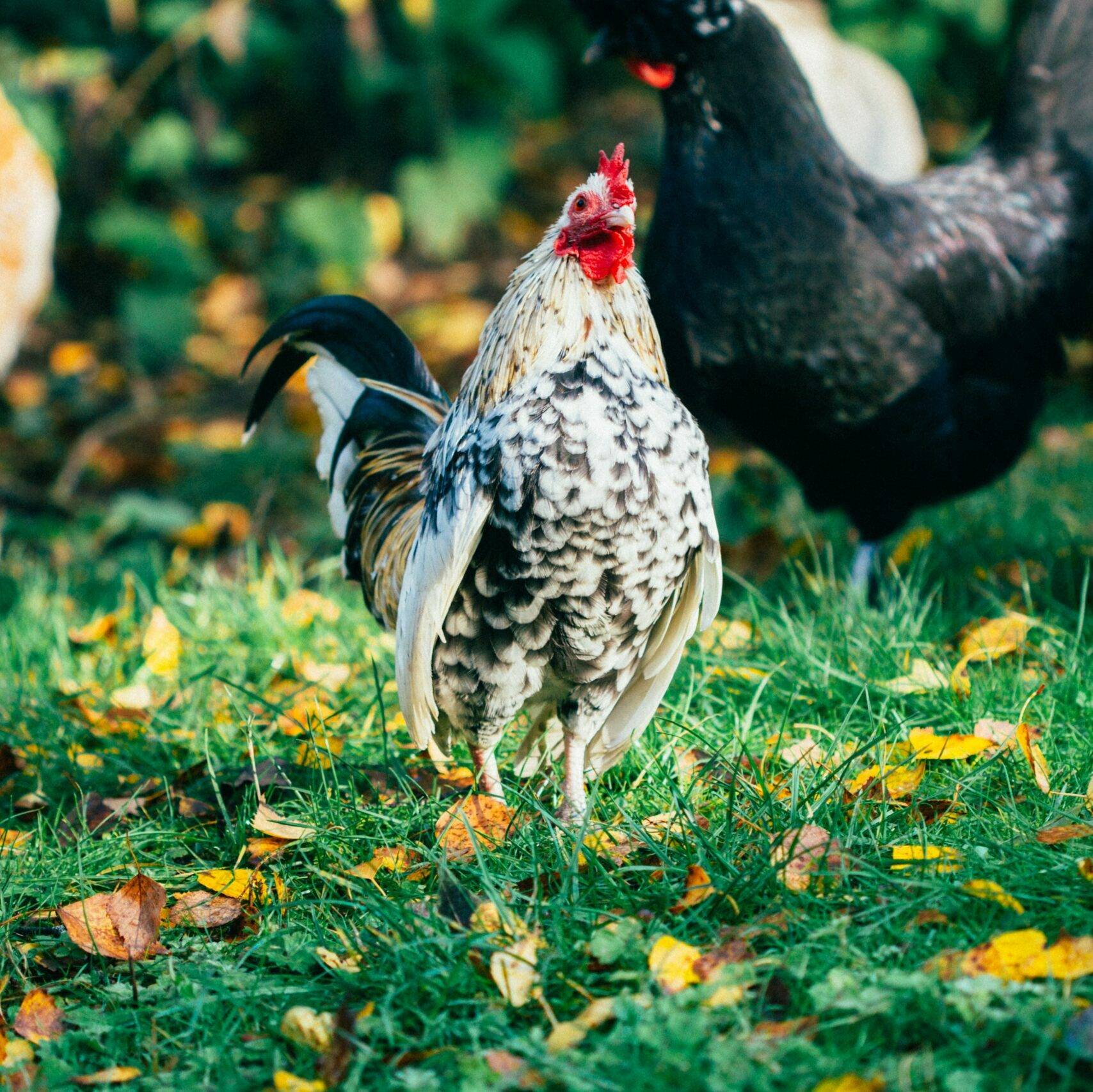
Animal advocates are not adequately addressing the public's rationalizations, and it makes us seem out of touch.
Animal advocates tend to dismiss these concerns. After all, they didn’t stop us from changing. But in our interviews, we found that issues like this truly are important reasons people keep eating animals.
The most persistent excuse people have to ignore us is futility, and it’s closely tied to the consumer frame.
When thinking only about their role as consumers, people can’t imagine a change as big as leaving behind animal farming. They feel powerless and don’t see how their purchase at the grocery store makes any difference, especially since none of the people around them show any signs of changing.
With futility as their excuse, people bury their misgivings about meat and stick with business as usual.
With futility as their excuse, people bury their misgivings about meat and stick with business as usual.
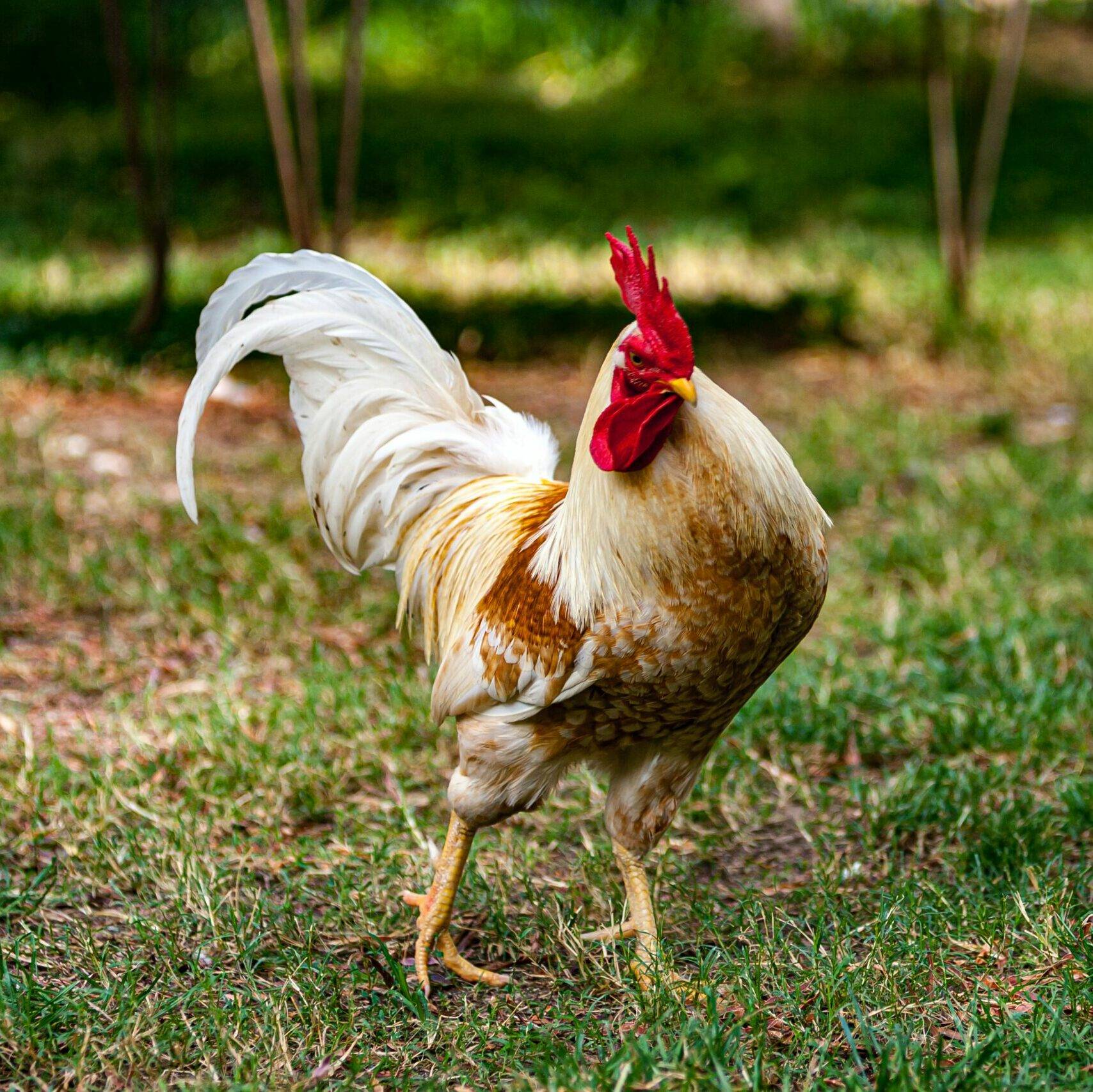
When experiencing dissonance, people fell back on familiar rationalizations like culture, tradition, and naturalness
The most common ones we heard sounded like this:
Culture/tradition:
Meat is a vital part of many important cultural traditions that wouldn’t be the same without it. Preserving these outweighs other moral considerations.
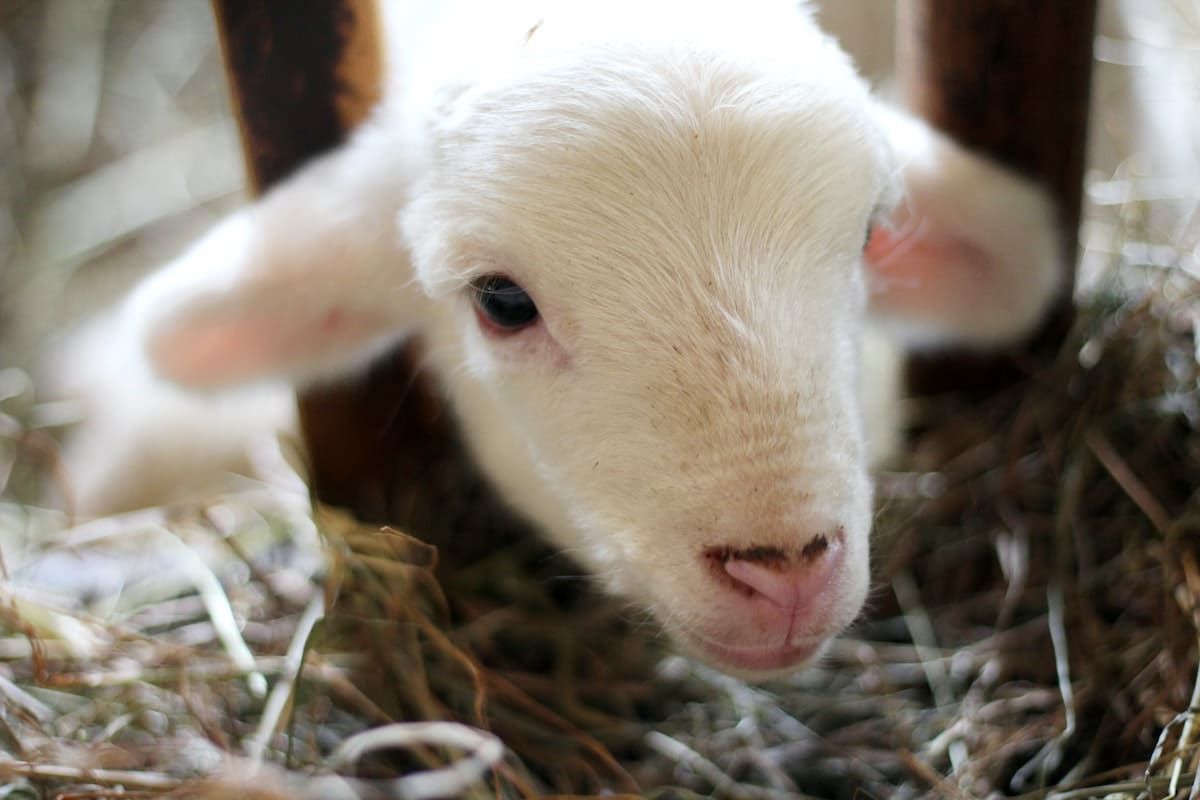
Naturalness
Humans evolved to eat meat and should continue to do so in order to respect the balance of nature, the food chain, and the circle of life.
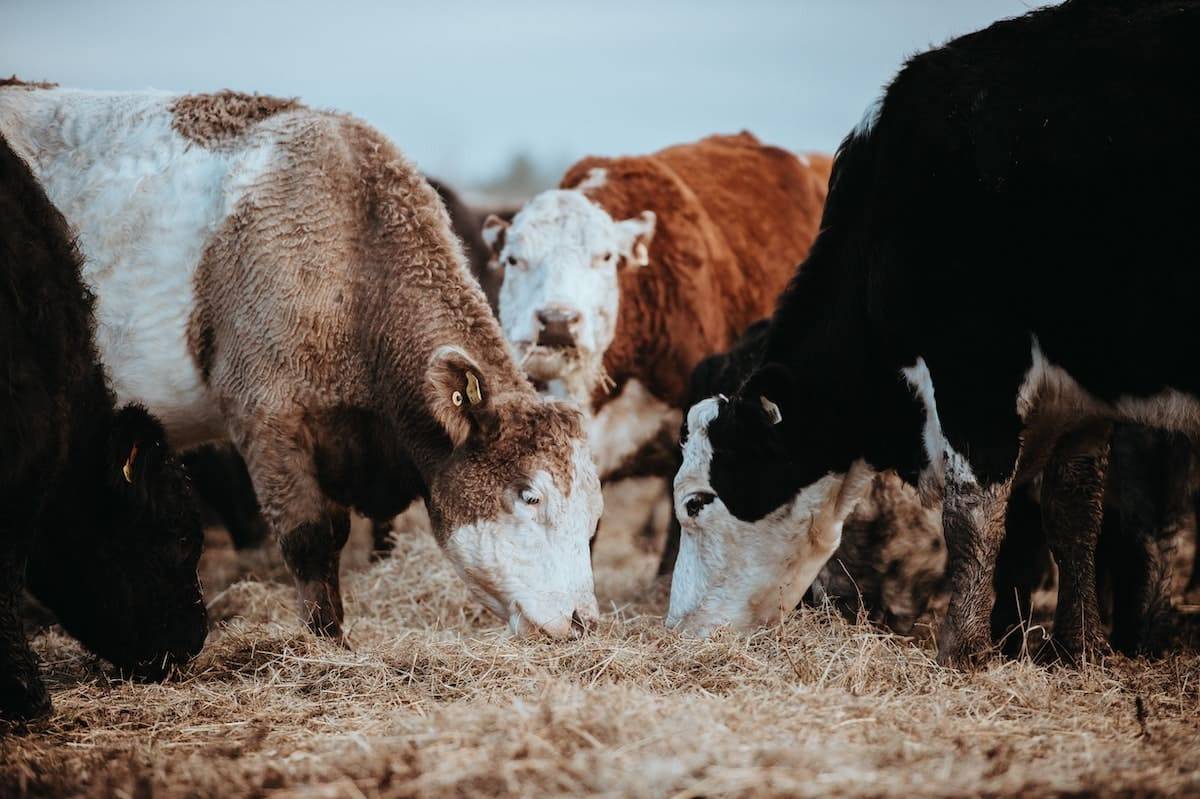
Price
Meat is an affordable source of nutrition, while meat-free diets are an expensive luxury.
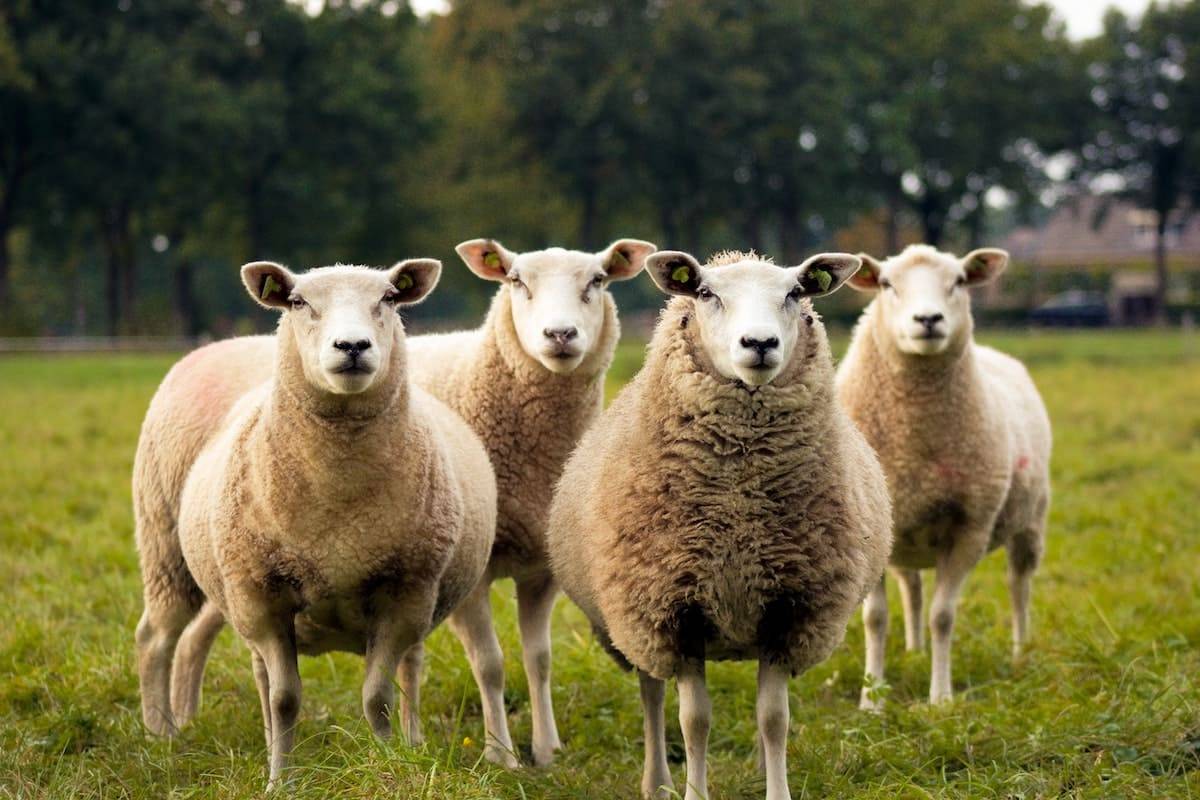
Taste
Meat simply tastes too good to give up.
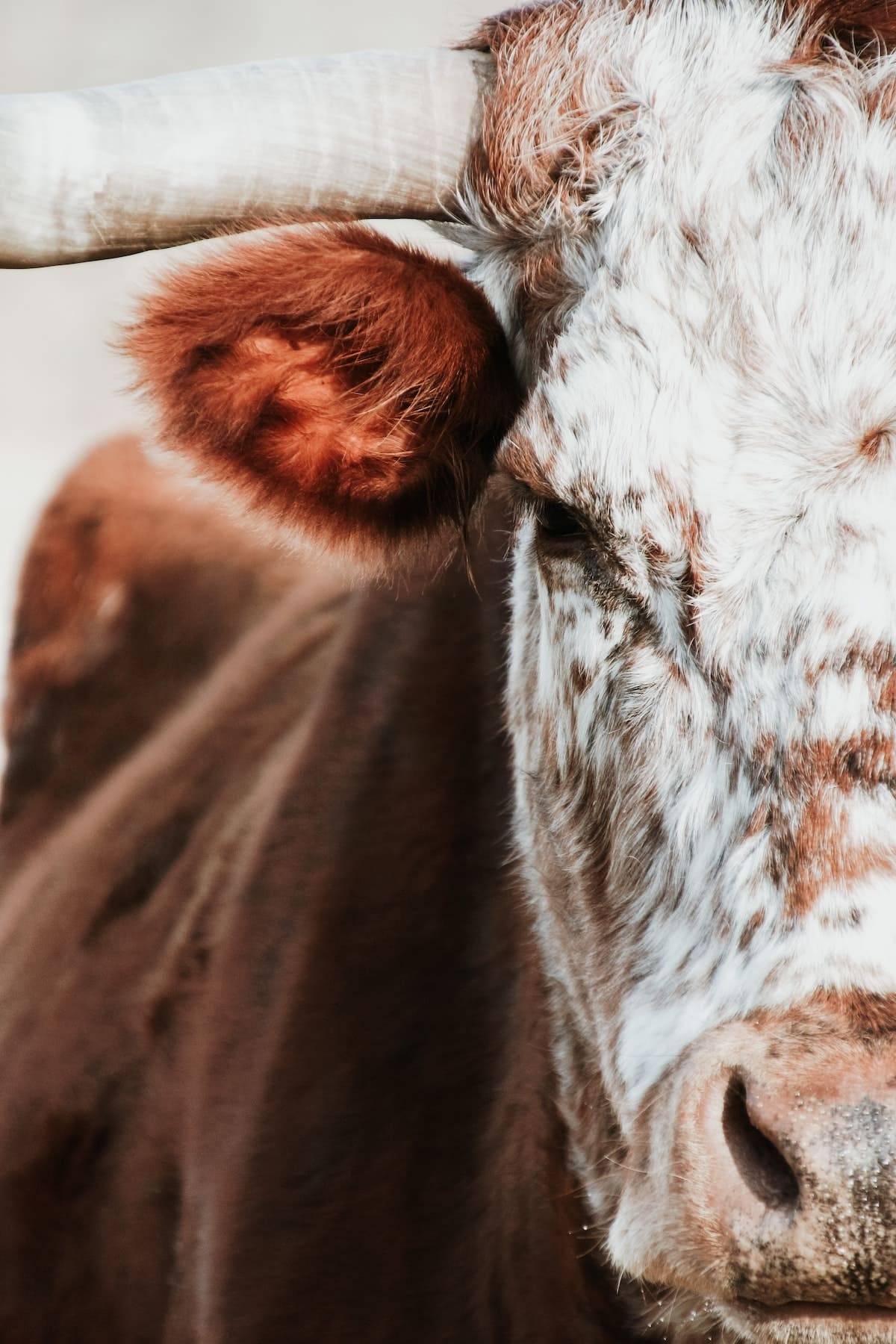
Personal Choice
Everyone should make their own choice without pressure from others.

Futility
It doesn’t matter whether I stop eating meat because everyone else will keep doing it.
